Best Drivers For Slow Swing Speeds 2025
Do you have a slow swing speed and are in need of a new driver? We run you through the leading options


Everybody wants to hit the ball as far as possible, but swinging the driver as fast as Rory McIlroy is a pipe dream for most of us. Even at club level, there is a great variety in the clubhead speed golfers can generate.
When it comes to defining a slow swinger, we are generally referring to golfers with a clubhead speed under 85mph. If you're unsure what yours is, book yourself a session on a reputable launch monitor with a PGA Pro to find out. However, manufacturers have thought about golfers that fall within this bracket, producing lightweight, high-launching models that will help those with low swing speeds maximize their carry distance off the tee.
So, how do brands eke out the distance despite the slow swing speed? Well, usually the drivers have a combination of lightweight heads, grips and shafts. Because of its weight, or lack of, it means you can generate the clubhead speed you need to get through the ball, thus creating distance. These drivers also tend to have extra launch and draw bias built in to help maximize distance potential.
WATCH: We run through the performance of the best drivers in 2025
Below, we have taken a look through some of the best drivers for slow swing speeds currently available on the market, with some of the drivers also falling under the category of most forgiving drivers, as well as the best drivers for seniors.

Joe has over 20 years of experience in the golf industry, ranging from becoming PGA Head Professional at Ryder Cup venue Celtic Manor to serving and leading the National Fitting Centers for both Titleist and Taylormade. Joe heads up our testing and reviews for Drivers and Irons with the help of Deputy Editor Joel Tadman, who has spent many years testing golf clubs, and Sam De'Ath, a professional who has competed on both the EuroPro Tour and Clutch Pro Tour.
The Quick List
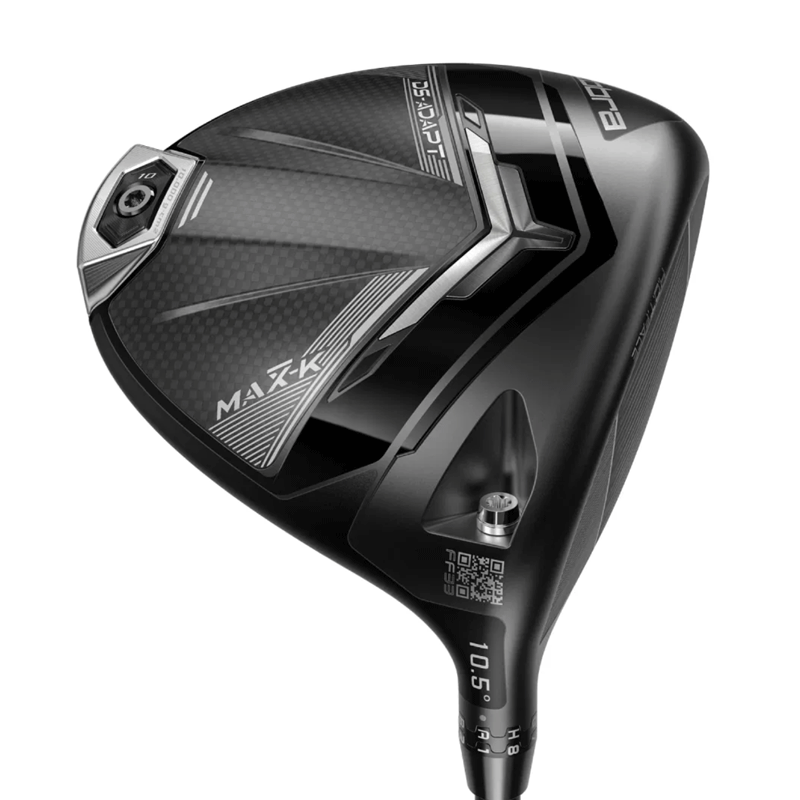
The MAX-K earns its' name thanks to over 10k MOI working during every shot to ensure the maximum amount of forgiveness possible - this is a driver worthy of a spot in our guide for the most forgiving drivers of 2025.
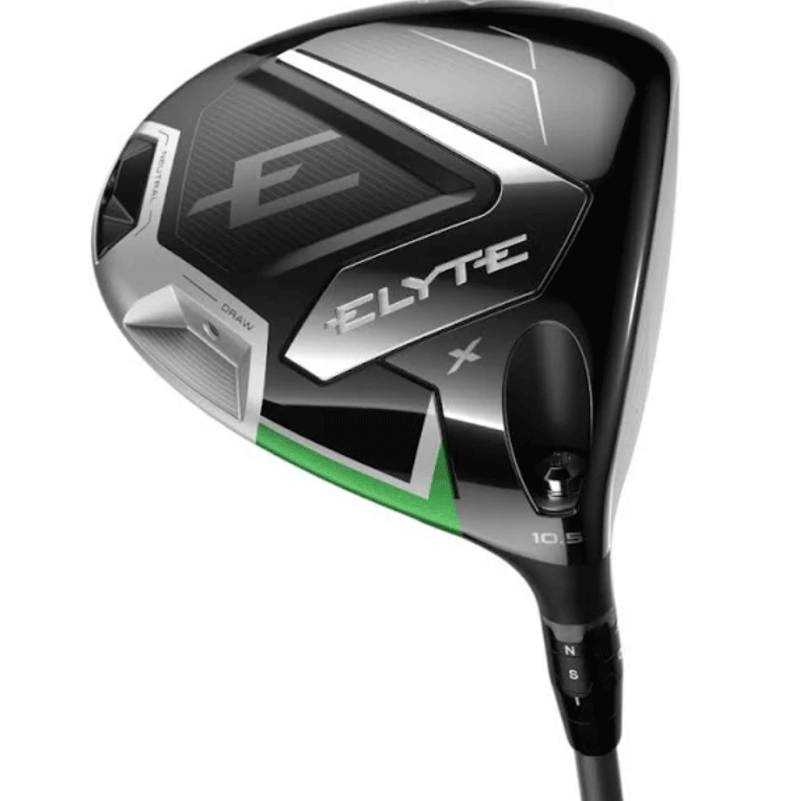
With the Elyte range, Callaway have reverted back to the black and green colorway of the legendary Callaway Epic, producing drivers more forgiving than ever, particularly benefitting those with a right miss.
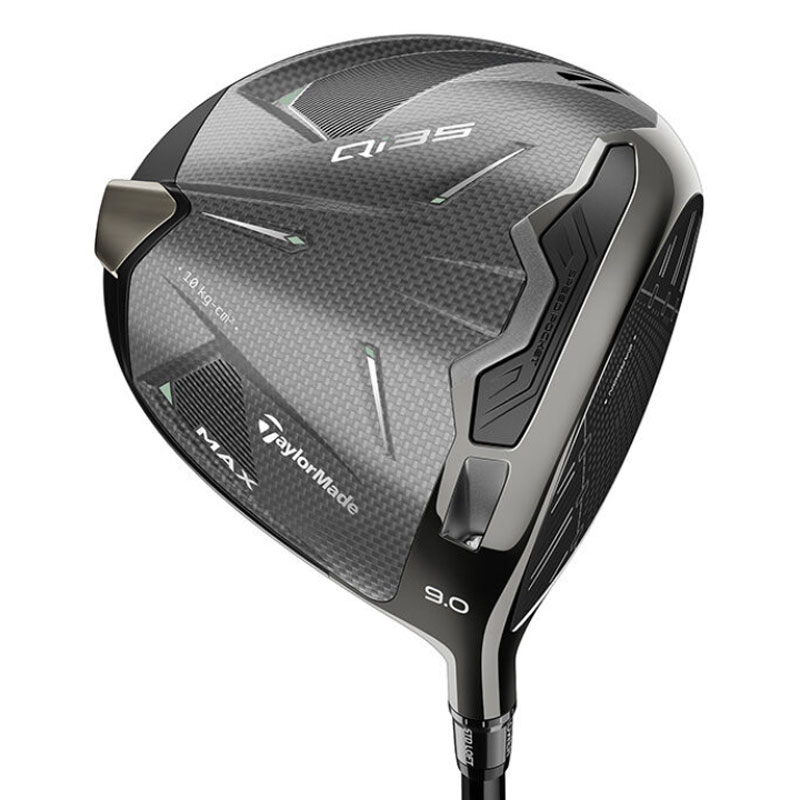
An upgraded look has been complimented by Taylormade producing their most stable and forgiving driver ever, a great fit for those looking help and extra distance off the tee.
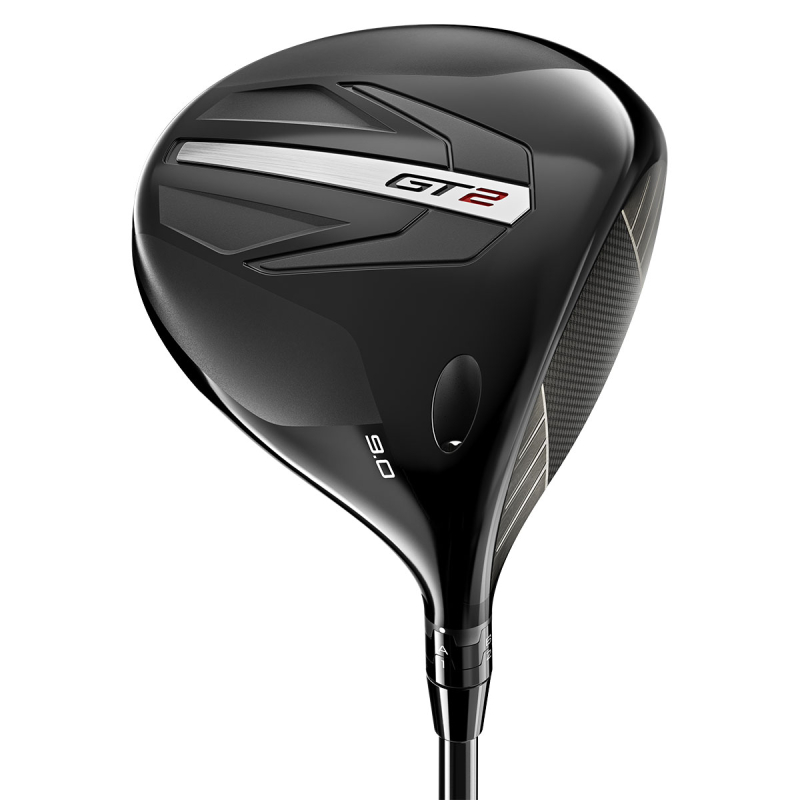
The GT driver series from Titleist has become insanely popular both in amateur and professional golf - you want see too many GT2 drivers on the PGA Tour though given it's the most forgiving on the range, but it's perfect for those with slow swing speeds.
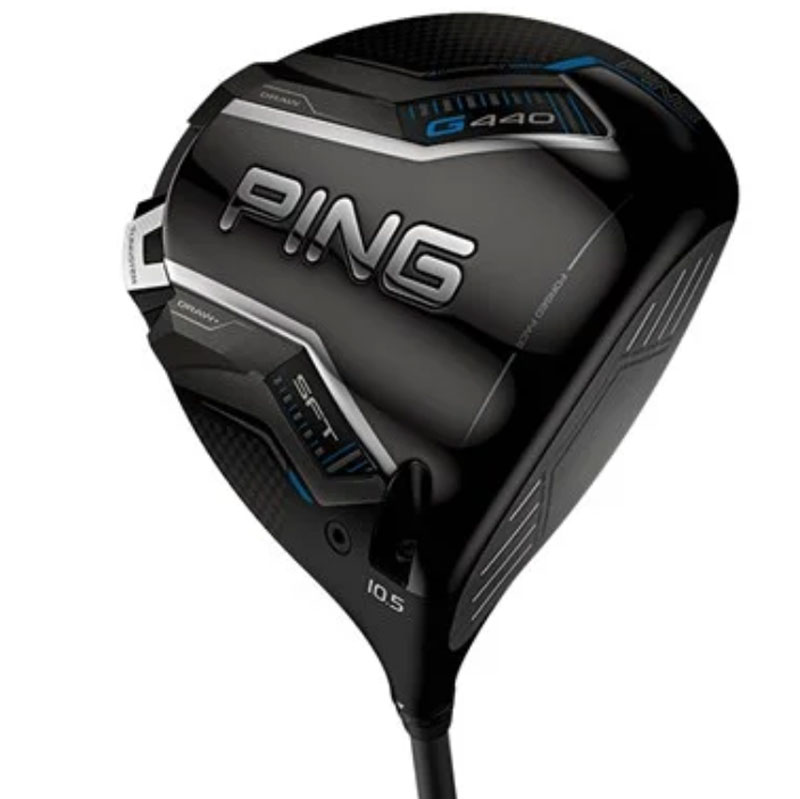
One of the best and most popular draw bias drivers of 2024 sports a number of new upgrades for 2025 including a new premium look and extra forgiveness.

We were really impressed by the latest range of Srixon drivers and woods this year, with the ZXi MAX proving a fantastic option for those with higher handicaps or players who struggle getting the ball into the air from the tee.
Load the next 3 models
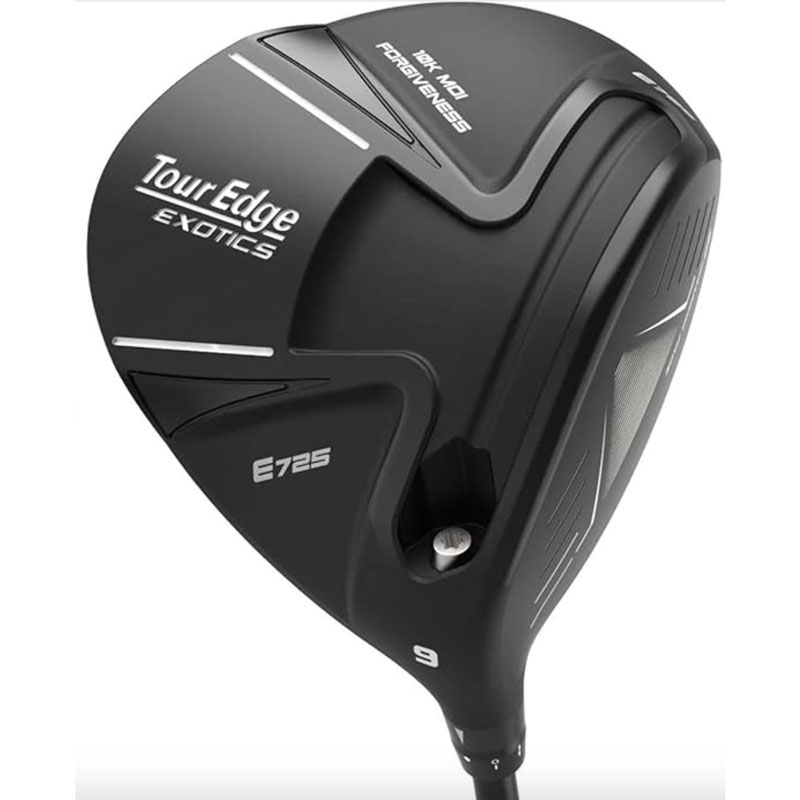
The E725 comes from a lesser known brand called Tour Edge, but don't let the smaller name fool you - this is a great driver coming in at an excellent price point.
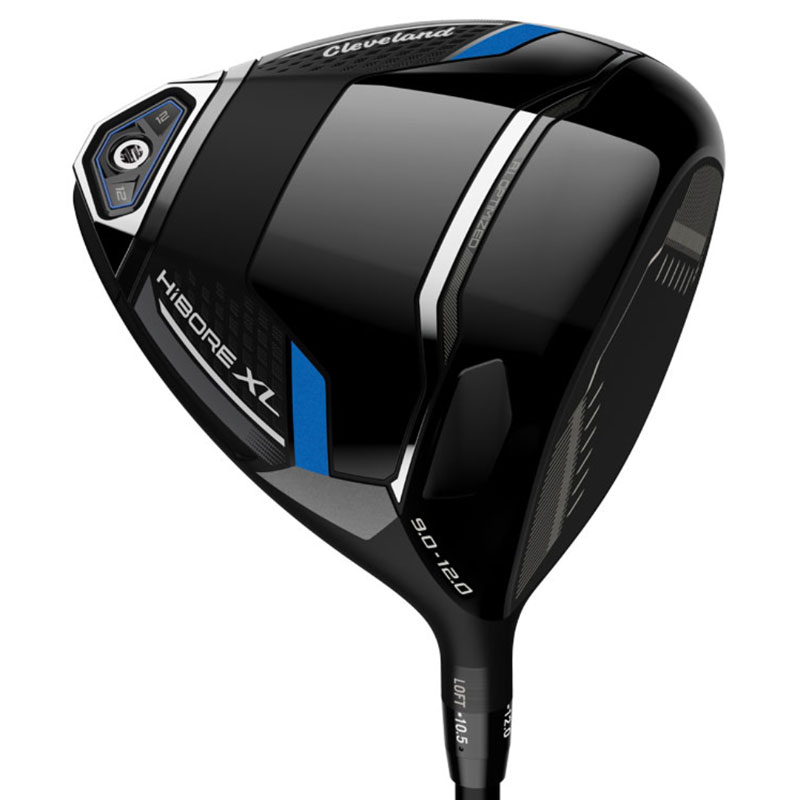
The shape of the head might be strange at first, but after a dozen swings you won't even think about it - the Hi Bore offers a shedload of forgiveness at a very reasonable price.
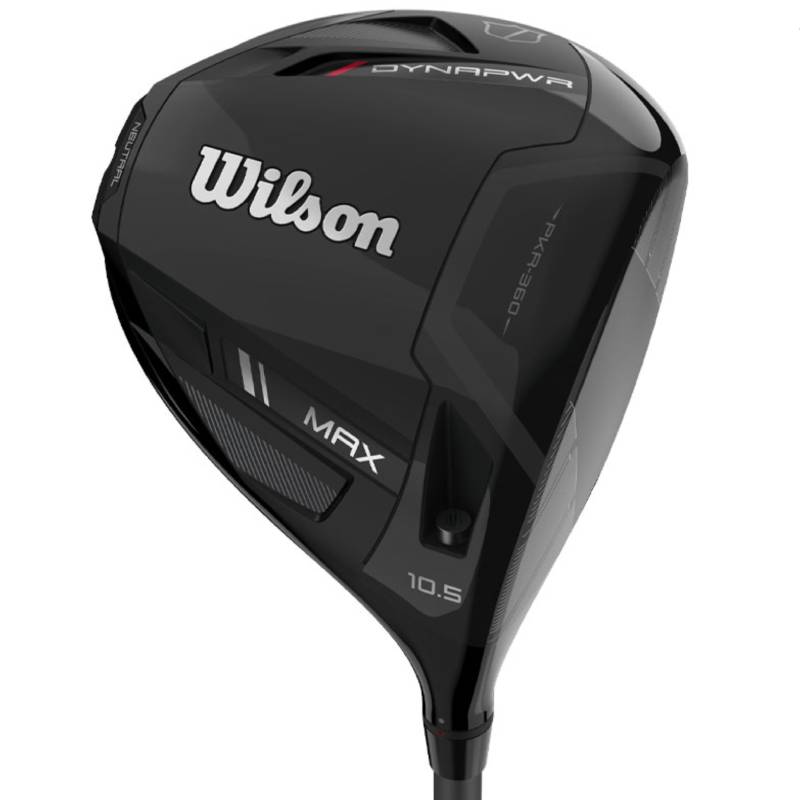
An excellent option for those who don't hit enough fairways, the Dynapwr Max is very forgiving, is packed full of tech to ensure high launch and an anti-slice ball flight as well as delivering a pleasing visual package.
Best Drivers For Slow Swing Speeds
Top pick
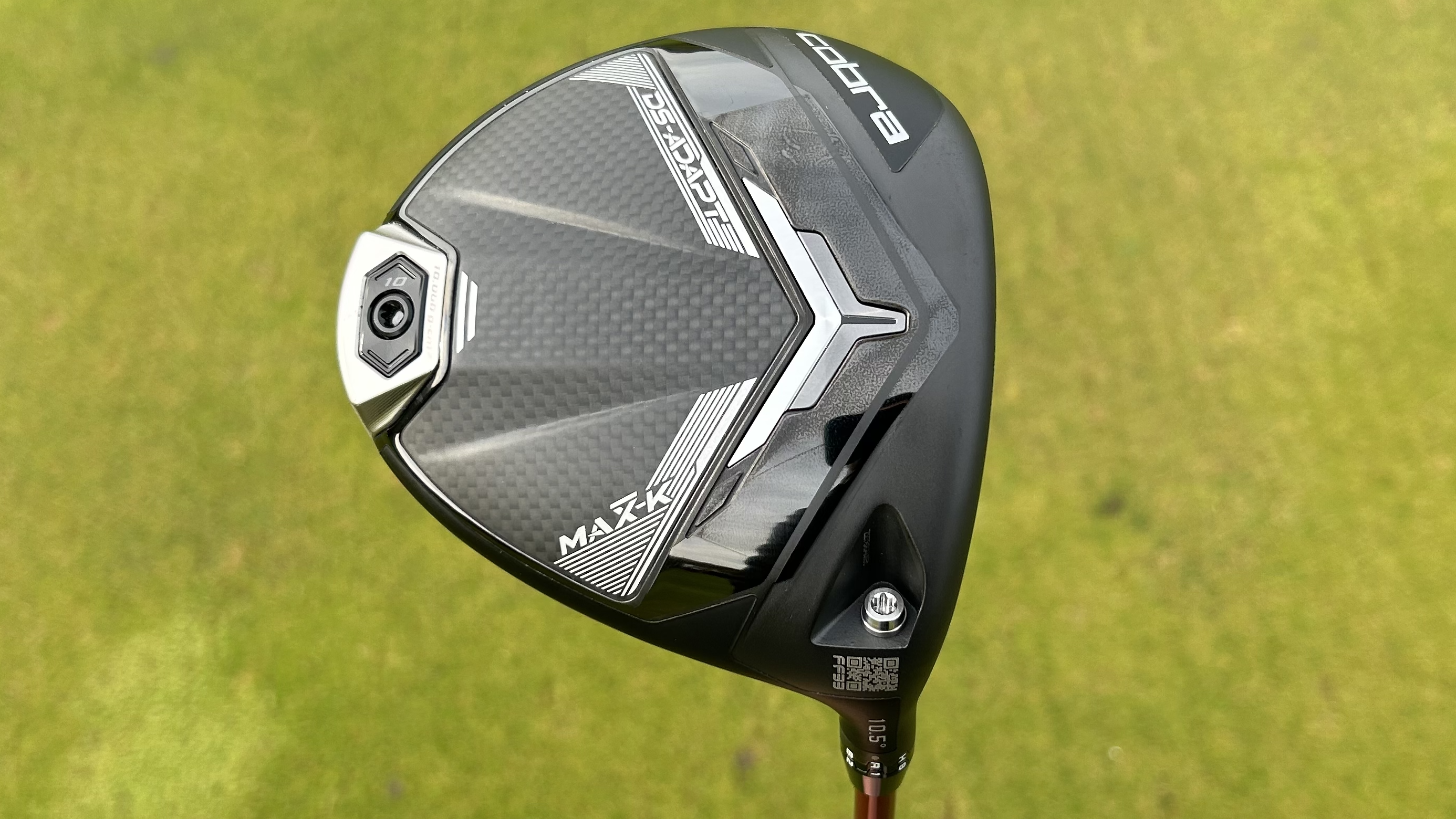
Specifications
Reasons to buy
Reasons to avoid
The MAX-K suits a wide range of golfers but specifically those higher handicap players thanks to the high levels of MOI on offer here.
To put in simplistic terms, MOI is the technology that turns bad shots into not-so-bad shots - the technology working on the club face and within the head to stabilize shots with too much draw or cut spin, for example. This is the big selling point of the MAX-K - forgiveness.
If you're reading this guide and have a slow swing speed, you'll likely suffer with struggles relating to launch and getting the ball airborne off the tee. The DS-ADAPT MAX-K features a unique features that can help you dial in the performance of the driver to suit your wants and needs - the new FutureFit33 decouples lie, angle and loft, giving players 33 different options of customization. It's a high tech piece of kit that can help inexperienced players make some real improvement from off the tee and one we would really recommend trying after our testing with it.
- Read our full Cobra DS-ADAPT MAX-K Driver Review
Best draw bias

Specifications
Reasons to buy
Reasons to avoid
The most user-friendly of the Elyte family, the 'X' should be a serious consideration for higher-handicap players looking a fresh driver option in the bag for 2025.
After testing, we can comfortably say that this is one of the easiest, highest launching drivers of 2025 and should be a must-try for any player with a slow swing speed. Callaway have lowered the CG in the club head by adding a 13g adjustable weight, helping players manipulate and customize their ball flight to suit strengths and iron out weaknesses. This is also a fantastic looking driver from address that will inspire confidence for any user no matter the handicap, even if the new design of the sole is splitting opinion online...
The Elyte X could become a new best friend for those who tend to miss to the right, particularly those who suffer from the dreaded slice. If you fall into this category, check out our guide for the best drivers for slicers.
- Read our full Callaway Elyte X Driver Review
Best shelf appeal
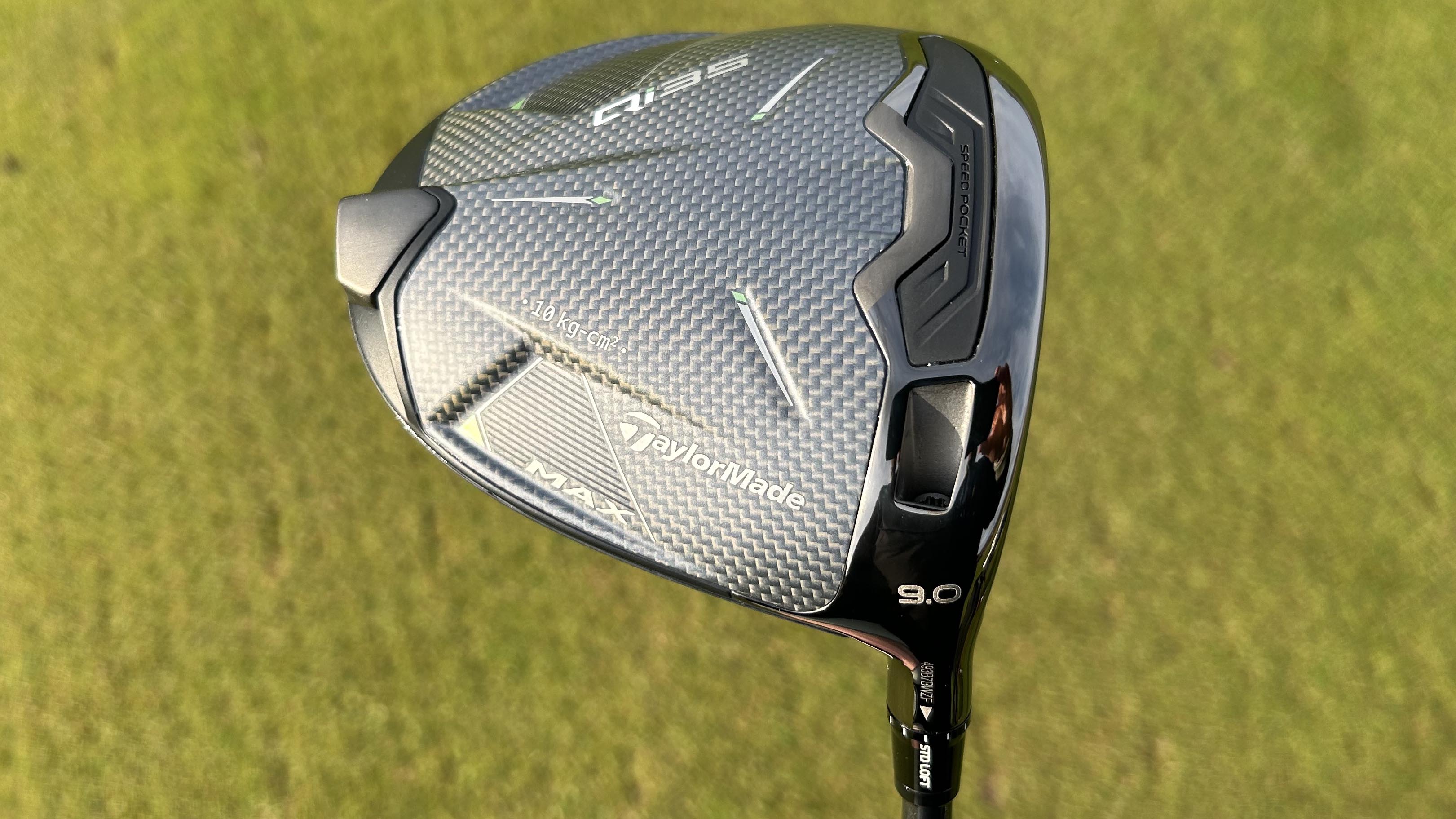
Specifications
Reasons to buy
Reasons to avoid
The most stable and forgiving driver in the TaylorMade Qi35 family, the 'Max' driver boasts stunning looks and a spin profile that will players of all abilities.
We noticed that when we tested the previous Qi10 driver that spin levels were too high - this meant players were losing overall distance off the tee. Taylormade discovered this too and made suitable adjustments to help counter the issue - most notably, they lowered the CG of the club by adding a sizable 34g weight to the rear of the club head which has helped stabilize the club through the strike. This leads to higher launch that is easier to achieve and longer drives as a result.
During testing we also noticed a super tight dispersion rate, both from back to front and side to side. This is a super forgiving driver and will help slower swing speeds hit more fairways, which is ultimately what we want for the big stick off the tee. It also looks fabulous, sporting a carbon fibre finish you'd see on the inside of a supercar. Overall, this is a fantastic option for anyone looking an upgrade for 2025.
- Read our full TaylorMade Qi35 Max Driver Review
Best at address

Specifications
Reasons to buy
Reasons to avoid
The classic look of the Titleist driver remains with the GT2 - other options on this list may inspire more confidence for those with slower swing speeds or higher handicaps, but we still think it looks fantastic. There are no fancy banners or eye-catching features, it's simply a got lovely, simplistic about it.
In the GT range, the GT2 is the most user-friendly as, not only does it offer the highest MOI, but the speed has not been sacrificed to achieve this. This is one of the lightest drivers in this guide, a big green tick in the box for those with slower swing speeds. It will therefore let us swing faster and harder at the ball, hopefully gaining launch and distance as a result.
The new GT2 boasts what Titleist have called their 'Proprietary Matrix Polymer' in the crown section which has improved both the sound and feel which we felt were absolutely top notch during our testing! What's more, there was an increased level of forgiveness, especially on shots that came out the bottom and the heel of the driver.
- Read our full Titleist GT2 Driver Review
Best tech
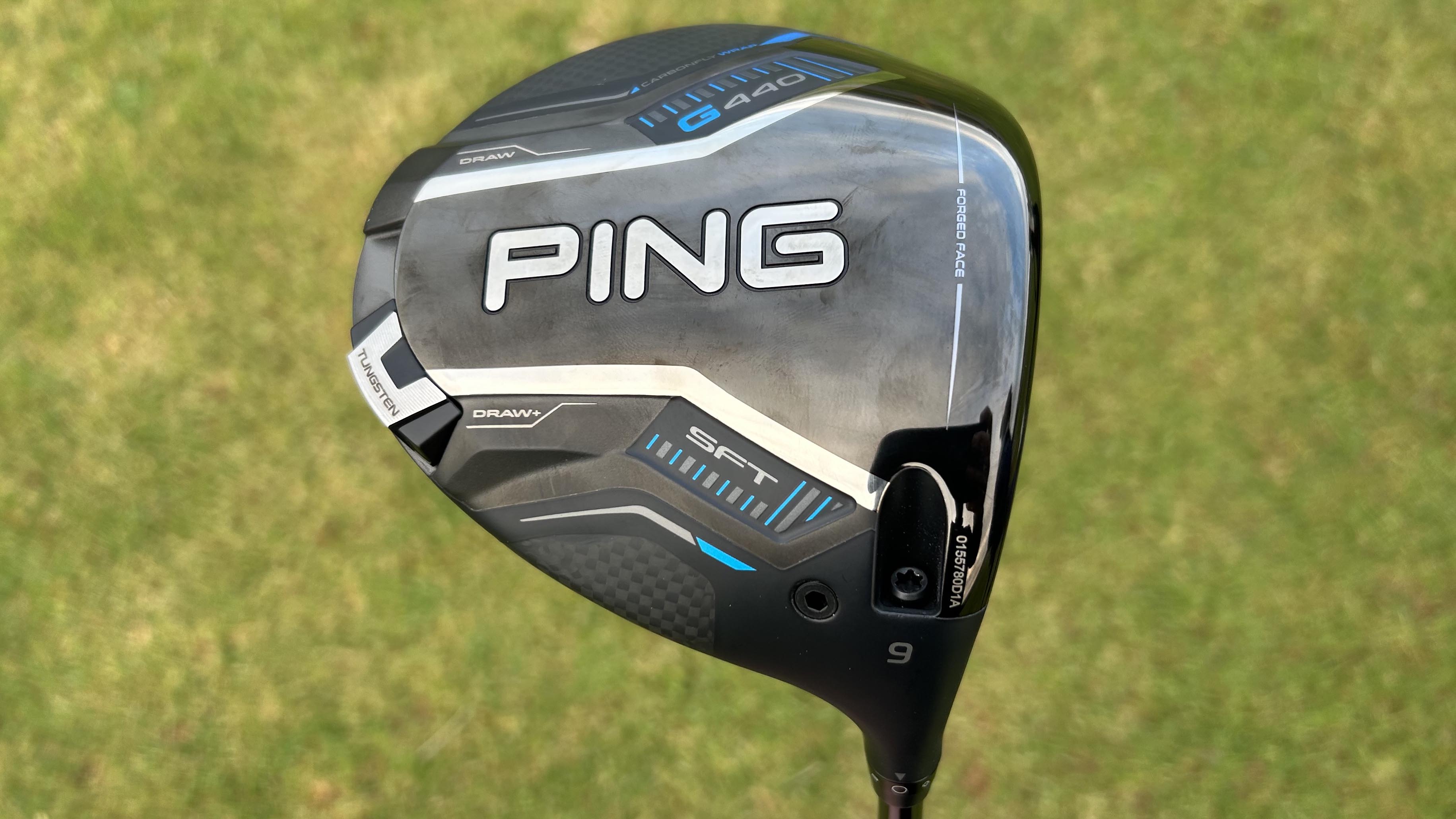
Specifications
Reasons to buy
Reasons to avoid
We love Ping drivers because they are some of the most forgiving drivers on the market no matter which version is in your hand, but we'll recommend the SFT version in the latest batch of Ping drivers for those with slower swing speeds. It's the most forgiving driver in the new G440 family, boasting an upgraded look compared to the G430 SFT, a driver we were massive fans of.
The upgrade in looks comes thanks to the new carbonfly wrap on the head - it gives the driver a real premium look, especially when we consider Ping clubs aren't always known for their good looks when compared to other options like rivals from Taylormade or Callaway. Although the design of the sole and the black and blue colorway, a nod to the original Ping G driver, may divide opinion, I still think this is an excellent looking club in the playing position which is most important!
In terms of performance, there isn't a massive upgrade when compared to the G430. However, this driver has a draw bias that is second to none on the market - perfect for those players who struggle with the dreaded right miss off the tee. I put this to the test while reviewing the club and I'd estimate the draw bias has increased by around 15-20% from the previous model, a significant and impressive achievement. This is without doubt one of the best drivers from slicers in 2025.
- Read our full Ping G440 SFT Driver Review
Most underrated
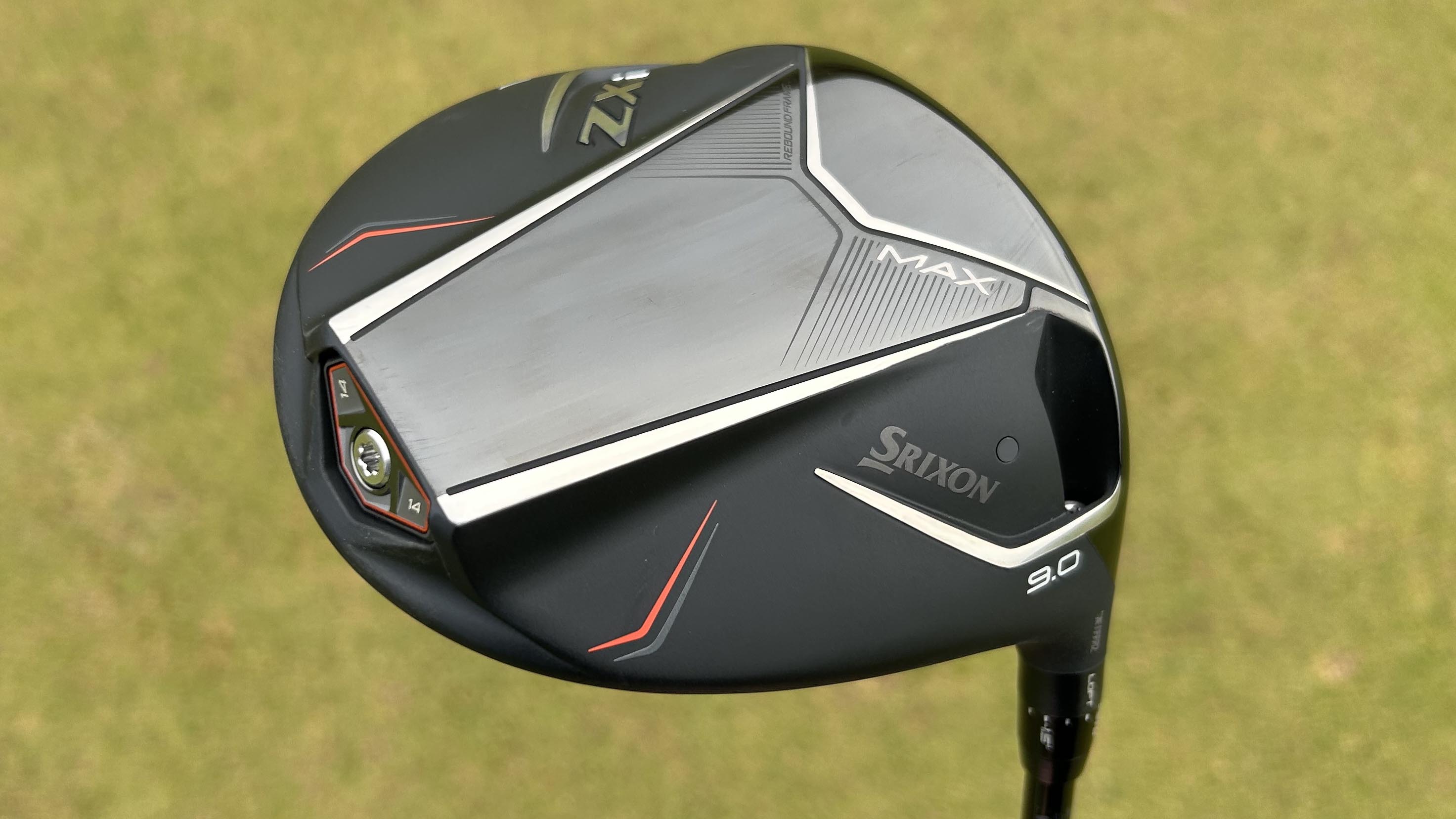
Specifications
Reasons to buy
Reasons to avoid
We think Srixon clubs are pretty underrated and the ZXi Max proves this theory correct. Delivering outstanding levels of playability and forgiveness, the Max harnesses the same technology as the ZXi or ZXi LS drivers but caters towards the more inexperienced or higher handicap golfer.
Beginning with looks, this is an awesome looking golf club. It doesn't have the chunky head that some higher handicappers like behind the ball - but we also realize not all players with slow swing speeds are high handicappers! Instead, our eyes are met with a slightly more compact head that looks fantastic as we stand over the ball.
During testing, this club gobbled up mishits and spat them out as average looking drives, boasting a really impressive dispersion rate both side to side and back to front. A bit more draw bias could be thrown in to help those who struggle with a slice, but that is a point of nit-picking given how solid the launch and flight is. Srixon isn't a brand that comes to the mind straight away when we think of drivers, but it should be!
- Read our full Srixon ZXi Max Driver Review
Best value
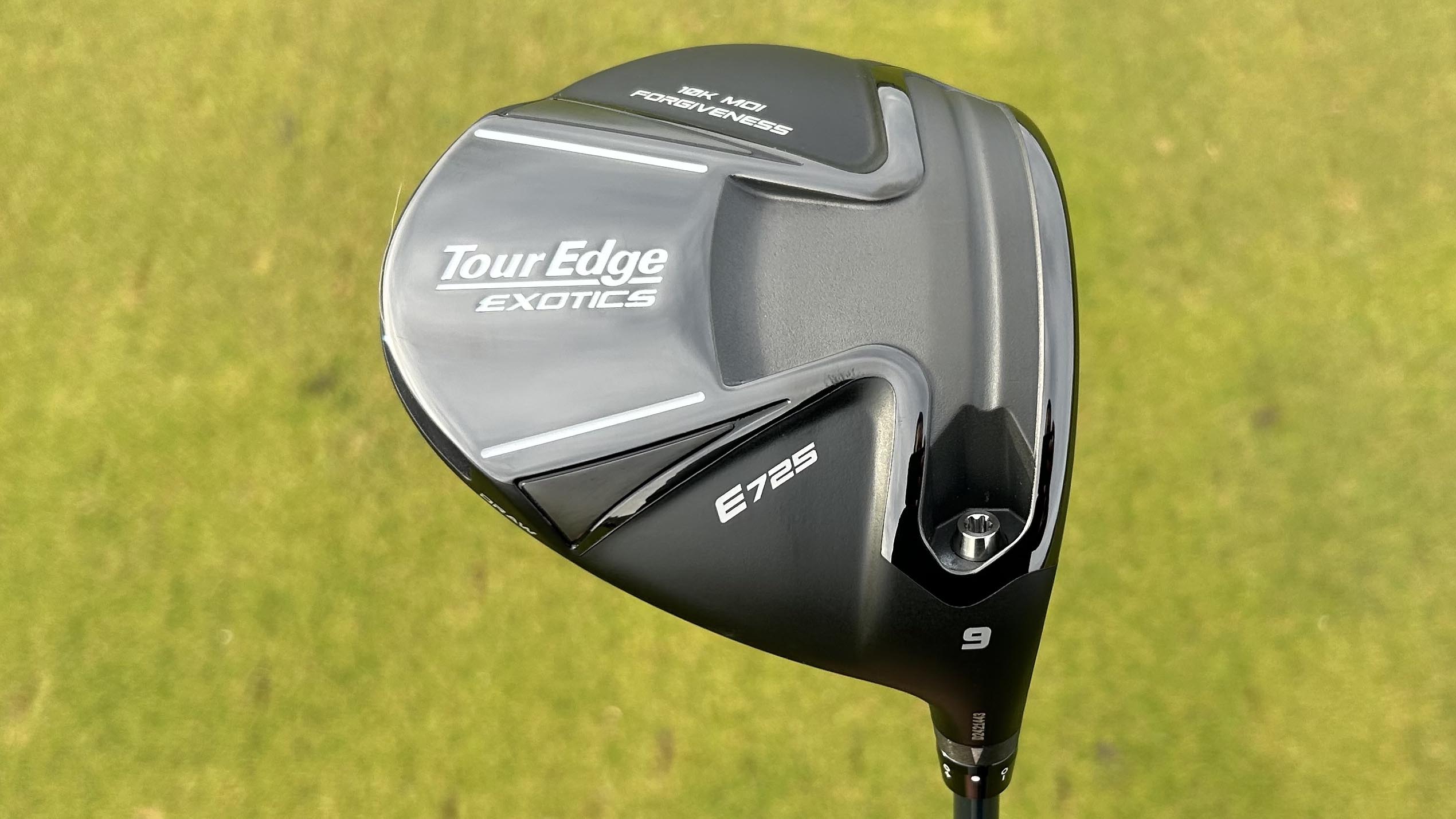
Specifications
Reasons to buy
Reasons to avoid
It's easy to indulge into the bigger name brands in golf, especially when we tune into to the golf on TV on Sunday nights and see McIlroy, Koepka and Korda ripping drives with the latest and greatest drivers from the like of TaylorMade, Titleist and more. However, if you can temper the ego and opt for a lesser known brand, we have a great option for you here.
We were really pleasantly surprised after testing the Exotics E725 driver from Tour Edge, a club that comes in a $200 less than other premium brands on this list. It ticks the boxes that need ticking - it looks fantastic and premium, has a appealing head shape for those seeking confidence over the ball and provides a ton of forgiveness which will be well received by players of all abilities.
This ease of use will really suit those with slower club heads speeds considering a lot of the top brands tend to promote speed and power with their premium offerings. The E725 could become a best friend for those golfers who can't swing out of their shoes like they used to or who are simply beginning to play the game of golf and haven't quite hit their top swing speed yet. You likely won't find better value on a driver than right here.
- Read our full Tour Edge Exotics E725 Driver review
Most forgiving

Specifications
Reasons to buy
Reasons to avoid
Another value option for those who don't want to break the bank on a new big stick is the HiBore XL driver from Cleveland. Although the brand are more so known for making some of the best golf wedges money can buy, this driver has been specifically designed to accommodate the higher handicappers out there and does a fabulous job in doing so.
Upon first impression, this is a... strangely shaped driver - but hear me out, it definitely grows on you. I found the triangular shape actually very easy to line up in truth, with the contrasting angles making the top edge stand out maybe more than usual.
In terms of performance it was a strong performer, especially in the one area we value most for higher handicappers - forgiveness. Not only did the mishits seem to retain an awful lot of ball speed and a tight dispersion, but the retention of feel was outstanding making this one of the most forgiving drivers I have tested.
To conclude by circling back to the value on offer here, the HiBore XL comes in just short of $400, a sizable discount compared to the big name premium drivers on the market. Higher handicappers likely don't have to splash top dollar on a driver the pros use, so why not opt for this uber user-friendly option and invest that saved cash elsewhere in your bag?
- Read our full Cleveland HiBore XL Driver Review
Best mid-price
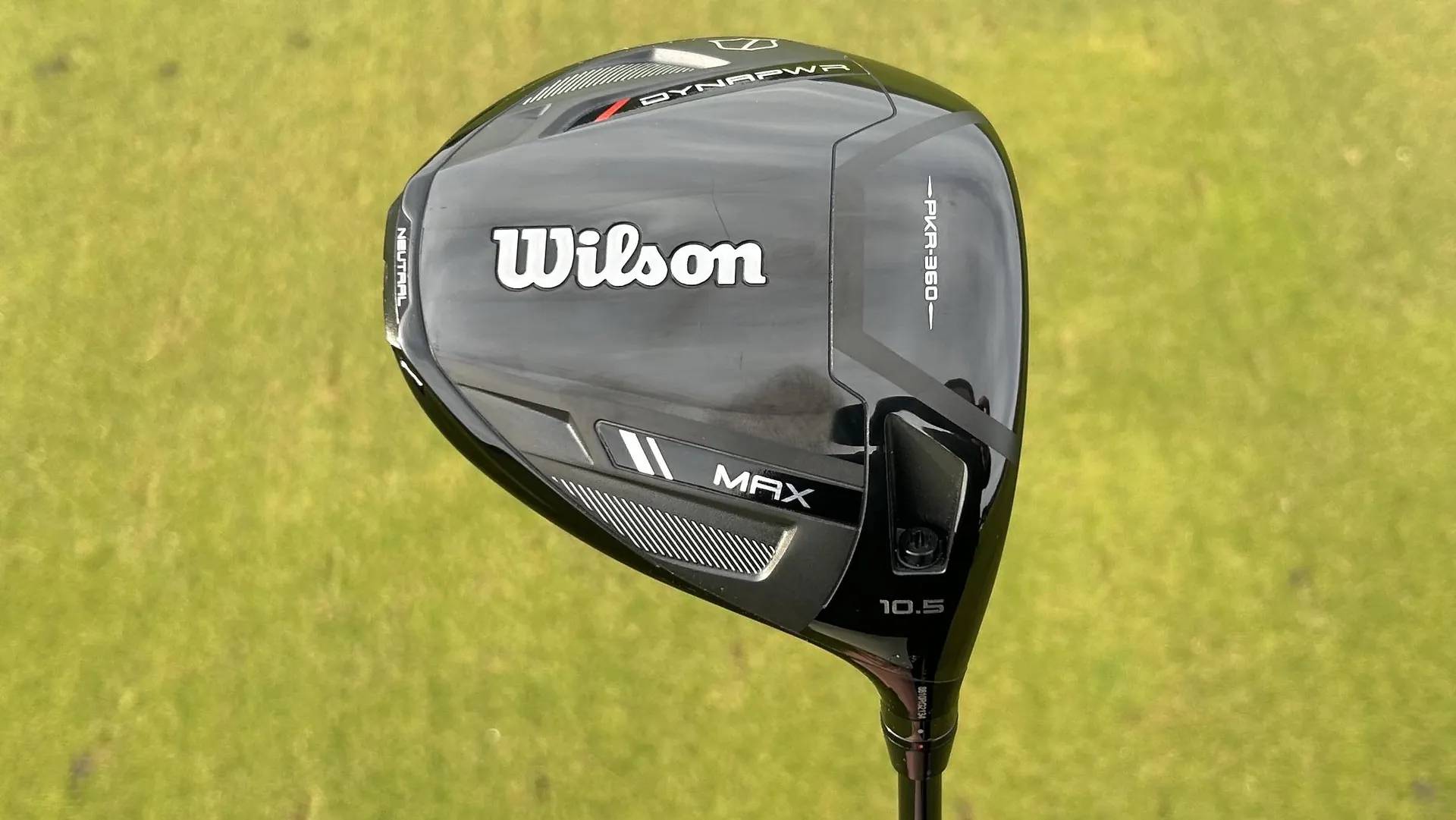
Specifications
Reasons to buy
Reasons to avoid
We were impressed by the 2025 Dynapwr family of drivers from Wilson, with the 'Max' designed to be the most user-friendly. It's a club packed full of MOI and proved impressively stable during testing, rewarding me with a nicely tight dispersion during both inside and outdoor testing.
I think their 2025 lineup of drivers are a real step forward in the looks department for Wilson. I think the glossy finish has just the right amount of sheen, and the predominantly black coloring offers a very sophisticated feel that I don’t know if I’ve seen before from Wilson drivers.
These good looks continue in the playing position, with the design minimal and classy whilst also framing the ball nicely before you swing.
This is a driver that will suit those with slower swing speeds that require a bit of assistance with launch off the tee box. A built-in draw bias also means it's a great option for those who are plagued with a slice and can help you take the right side of the course out of play from the tee. Good looking, forgiving and user friendly, all of this for less than $500 strikes me as a very good deal for the higher handicapper.
- Read our full Wilson 2025 Dynapwr Max Driver Driver
How we test golf drivers
Our overall testing ethos at Golf Monthly is to put all products through a rigorous testing procedure to give you crucial insights into three things; how they perform, how they compare to their predecessors and where they stack up in relation to the competition.
As that of this commitment, our testing really starts by attending product launch events with the manufacturers themselves to speak to their R&D experts directly to give us a better understanding of their new clubs and the technology behind them.

Joe Ferguson testing the Mizuno ST-Max 230 Driver
Our driver testing is headed up by PGA Professional Joe Ferguson who has over 30 years of experience within the golf industry. Each driver we test goes through two main stages of rigorous testing - controlled, indoor testing as well as real life testing out on the golf course.
Beginning with indoor testing, we fire up one of the best golf launch monitors to gather and than analyze data. These numbers give us quantifiable information on club performance with which to compare and contrast other clubs with like total distance, carry distance, dispersion, launch angle, smash factor and more.

It's then out onto the golf course to put each driver through their paces. We do our best to try each club across multiple rounds at different venues in different conditions in an attempt to put it through the most strenuous test possible. If a club is designed to perform well in the wind, we'll wait until a blustery day before playing 18 holes to see how it deals with the elements.
When it comes to testing, our goal is simple - to deliver the most informative, impartial review to then provide our loyal readership with informed buying advice - we don't say a product is good because we love the brand or were paid to do so, and we never will. Instead, our reviews are delivered by passionate golfers who are free from bias and know a thing or two about what makes a good golf product. No brand gets preferential treatment, nor can a manufacturer pay for a good review.
How to choose a new driver
You've probably already asked yourself whether you need to buy a new driver, but there's a few key things to consider when investing in a new driver. Hopefully answering these questions will narrow your search down slightly and make comparing between various models much easier.
When purchasing a new big stick, it is crucial to ask yourself just what you need from it. Is distance your main priority or are you looking for something to help you find more fairways? We'd always recommend a custom fitting with a PGA Pro but if you know what you're looking for you can make an informed decision.
If accuracy is what you're after, go for something with a high MOI or adjustable weights to help alter spin and flight characteristics. If distance is key to you, look at a low-spinning driver to help ensure your ball doesn't balloon too much. If you're after something in the middle, the so-called 'standard' heads in most driver ranges will suit you the best.
For more driver buying advice, check out our guides on the best drivers for beginners and best drivers for mid handicappers.
FAQs
What swing speed is considered slow?
Swing speeds of course vary between individuals, but a slow swing speed is anything under 85 mph with a driver.
What flex is best for a slow swing speed?
Once again, this will vary depending on the player, but generally speaking a driver swing speed of less than 75mph requires a ladies flex, 75-85mph requires a senior flex, 85-95mph is regular flex, 95-105mph is stiff flex and anything over 105mph is extra-stiff. But this is only a very rough guide and will be affected by how the individual swings and loads the club.
Subscribe to the Golf Monthly newsletter to stay up to date with all the latest tour news, equipment news, reviews, head-to-heads and buyer’s guides from our team of experienced experts.

Joe has worked in the golf industry for nearly 20 years in a variety of roles. After a successful amateur career being involved in England squads at every age group, Joe completed his PGA degree qualification in 2014 as one of the top ten graduates in his training year and subsequently went on to become Head PGA Professional at Ryder Cup venue The Celtic Manor Resort. Equipment has always been a huge passion of Joe’s, and during his time at Celtic Manor, he headed up the National Fitting Centres for both Titleist and Taylormade. He’s excited to bring his knowledge of hardware to Golf Monthly in the form of equipment reviews and buying advice.
Joe lives in North Devon and still plays sporadically on the PGA West region circuit. His best round in recent years came earlier in 2023 where he managed a 9 under par 63 at Trevose GC in a Devon & Cornwall PGA Tournament.
Joe's current What's In The Bag?
Driver: Switch between TaylorMade Qi35 and Callaway Elyte TD - both with Fujikura Ventus Black 6-X
Fairway wood 1: TaylorMade BRNR Copper Mini Driver - Fujikura Ventus Black 7-X
Fairway wood 2: Callaway Apex UW 17˚- Fujikura Ventus Black 9-X
Irons: TaylorMade P7CB 3-PW with Dynamic Gold Tour Issue X100 shafts
Wedges: Callaway Opus 50, 54, and 60 degrees - Project X LS 6.0 shafts
Putter: LAB Golf Oz.1 (zero shaft lean)
Ball: TaylorMade 2024 TP5x
Grips: Golf Pride Tour Velvet 60R
Bag: Vessel Player IV Pro DXR Stand
- Matt CradockStaff Writer
- Conor KeenanGear & Ecommerce Writer